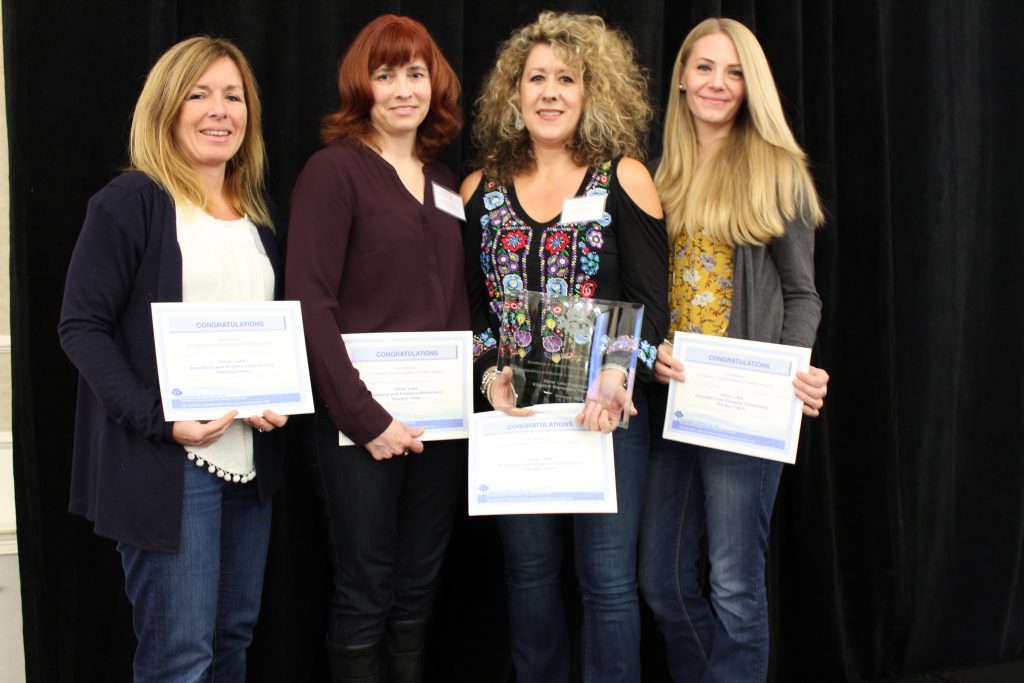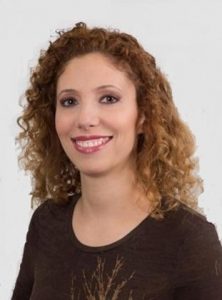 SEASONS GREETINGS
SEASONS GREETINGS
From Education Resources
Wishing our Community of Therapists
Peace, Happiness and Joy for the upcoming year
We would like to offer a $50 discount towards a course registration fee.
Register now through December 29th 2017 – EXTENDED TO JANUARY 3rd 2018
Apply code: HOLIDAYS2017
Let ERI help you fulfill your professional development and continuing education requirements with our comprehensive selection of dynamic courses in 2018. Improve outcomes – by improving patient care.
Including many NEW courses and distinguished faculty members
Not to be used in combination with other discounts or course credits. Non-Transferable. Only one discount may be used per conference. Must be applied at time of registration, not for conferences previously registered for. Not for online courses, or one day courses. Exclusions may apply. (cannot be applied toward registration for “When Children Won’t Eat: Picky Eaters vs. Problem Feeders. Assessment and Treatment Using the SOS Approach to Feeding”)
You can register online, call the office or fax in your registration.
Just mention the code!
Please call, email or visit our website with any questions
Please click here for our full listing of courses
Thank you
Mandy
www.educationresourcesinc.com 508-359-6533 ● 800-487-6530
]]>
 Award Winning Therapy Team from Silver Lake Preschool and Kingston Elementary School[/caption]
Award Winning Therapy Team from Silver Lake Preschool and Kingston Elementary School[/caption]

 Nechama Karmen[/caption]
Nechama Karmen[/caption]